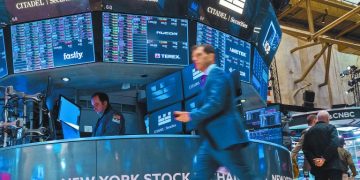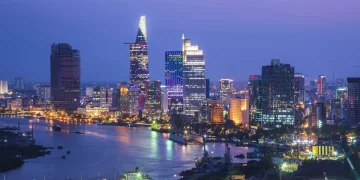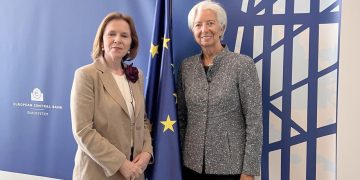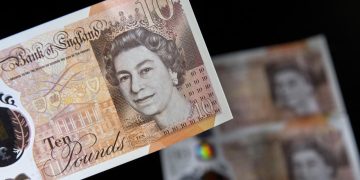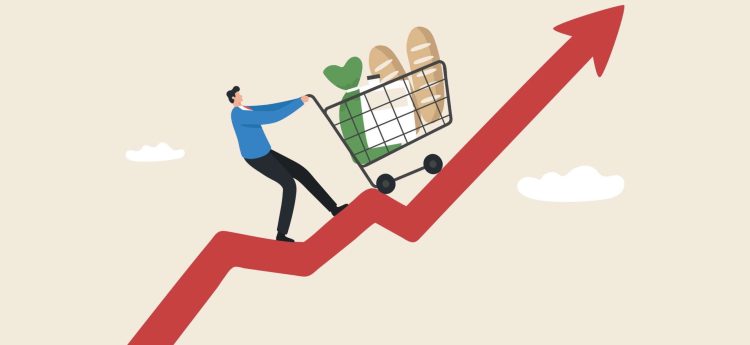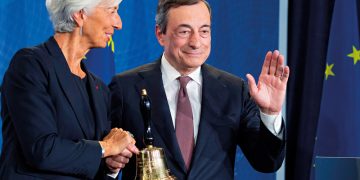Recent economic data and market observations indicate a noticeable rebound in consumer demand after a period of stagnation or contraction driven by global disruptions and tightening monetary conditions. Retail sales have picked up, service industries are reporting increased activity, and consumer confidence indices show improvement. At first glance, these signs point to an encouraging revival of economic vitality fueled by households resuming spending.
However, alongside this upswing in consumption, inflation pressures have become a focal point of debate among economists, investors, and policymakers. While some argue that rising prices reflect a genuine and sustained resurgence of inflationary forces linked to demand recovery, others contend that the situation is more nuanced and that headline inflation may mask underlying weaknesses or transient factors.
This article explores the dynamics behind the rebound in consumer demand, examines whether inflation pressure is truly reviving, and discusses what this means for the broader economy and monetary policy outlook.
The Rebound in Consumer Demand: What’s Driving It?
Several factors underpin the renewed consumer spending momentum:
- Pent-up Savings Release: After months of cautiousness and limited spending opportunities, many households are now tapping into accumulated savings, boosting discretionary purchases.
- Labor Market Strength: Improvements in employment rates and wage growth have increased disposable incomes, supporting consumption.
- Easing Pandemic Restrictions: As social distancing measures relax, demand for services like travel, dining, and entertainment is surging.
- Stimulus Measures: In some regions, government stimulus and support programs have enhanced purchasing power.
These drivers collectively explain why sectors like retail, hospitality, and leisure are witnessing a revival, providing a solid foundation for economic growth.
Inflation Pressure: A Closer Look
Despite stronger demand, the question remains: is inflation pressure genuinely recovering, or are recent price rises temporary?
- Supply Chain Constraints: Ongoing disruptions in supply chains have pushed input costs higher, contributing to price inflation that may not reflect demand-driven overheating.
- Energy Prices Volatility: Fluctuations in oil and gas prices have significant pass-through effects on consumer prices but may not indicate broad-based inflation.
- Base Effects and Statistical Distortions: Comparisons against last year’s low inflation period can exaggerate perceived price increases.
- Core Inflation Trends: Stripping out volatile food and energy prices, core inflation metrics show more muted and variable trends, suggesting underlying inflation pressures may still be contained.
Are We Facing Transitory or Persistent Inflation?
Central banks have been closely monitoring whether inflation is transitory—driven by temporary supply shocks and base effects—or indicative of a persistent trend fueled by sustained demand growth and wage-price spirals.
Evidence points to a mixed picture:
- In some sectors, price increases have begun to moderate as supply constraints ease.
- Wage growth remains moderate in many economies, limiting second-round inflation effects.
- However, rising commodity prices and renewed fiscal spending could reignite inflation momentum.
The balance of these forces will determine whether inflation becomes embedded in expectations, prompting more aggressive monetary tightening.

Implications for Consumers and Policy
For consumers, a real revival of inflation pressure can erode purchasing power, especially if wage gains fail to keep pace with rising prices. This dynamic could dampen future demand growth despite the current rebound.
For policymakers, distinguishing between temporary and persistent inflation is crucial to calibrate interest rate and fiscal policies. Premature tightening risks stalling recovery, while delayed action could let inflation spiral.
Conclusion
While consumer demand is clearly rebounding, signaling improved economic prospects, the question of whether inflation pressure is truly reviving remains complex. A range of factors—from supply chain disruptions to energy price volatility—cloud the picture, making it essential to look beyond headline inflation numbers.
Investors, businesses, and policymakers must remain vigilant, continuously assessing data trends and underlying drivers. The path inflation takes will significantly influence the sustainability of economic recovery and the direction of monetary policy in the months ahead.
Understanding this nuanced interplay is key to navigating the evolving economic landscape effectively.


